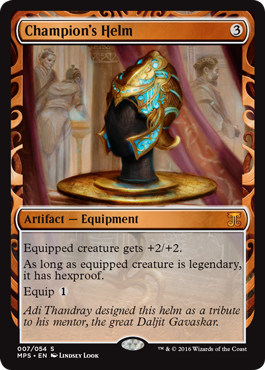
The Extended Friggorid deck was a common deck archetype built around this mechanic. Such decks work best with cards with high dredge values, such as Golgari Grave-Troll and Stinkweed Imp. A famous deck based on Ichorid originated from this concept. One of the most popular uses of dredge is to use it to quickly fill your graveyard.
You can't use dredge unless you're going to draw a card and the card with dredge is already in your graveyard. Once you decide to replace a draw using a card's dredge ability, that card can't be removed from your graveyard "in response" (replacement effects don't use the stack). Dredge lets you replace any card draw, not just the one during your draw step. 702.52b A player with fewer cards in their library than the number required by a dredge ability can’t mill any of them this way. “Dredge N” means “As long as you have at least N cards in your library, if you would draw a card, you may instead mill N cards and return this card from your graveyard to your hand.” 702.52a Dredge is a static ability that functions only while the card with dredge is in a player’s graveyard. Finally you'll get a basic familiarity with the deck instead of wasting a year casting Lava Spike like a monkey.From the Comprehensive Rules (June 16, 2023- The Lord of the Rings: Tales of Middle-earth) Plus by giving the deck a try with budget options you may illicit sympathy and maybe somebody will let you borrow some cards after you ingratiate yourself to their play group. For $100-150 your manaless and burn cards will be worth the same in a year because nobody actually wants to play those cards they only do so because they are poor. Don't waste $100-150 on a piece of shit deck that will alienate you from people who want to play games of magic. With the fetches being dirt cheap just play more basics, a couple of shocks if you need to. 
Just play budget stone blade if you want to play stone blade.




 0 kommentar(er)
0 kommentar(er)
